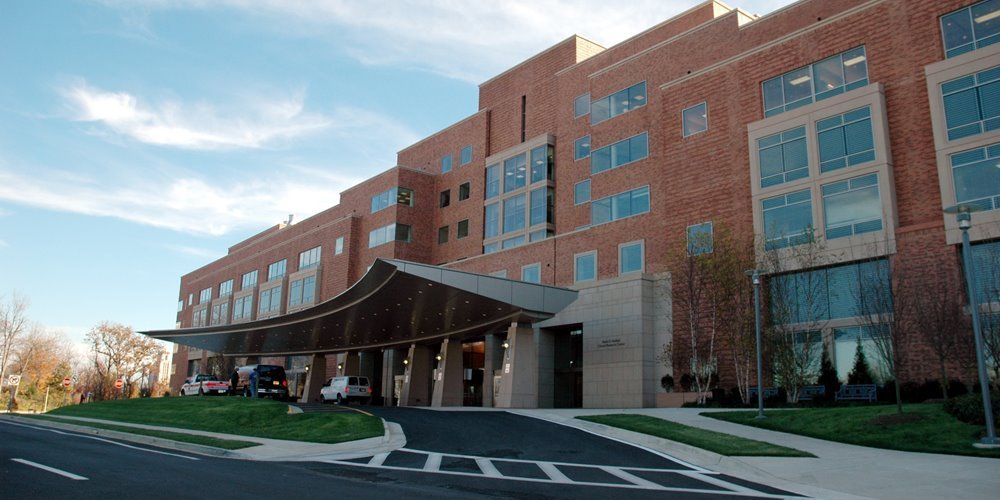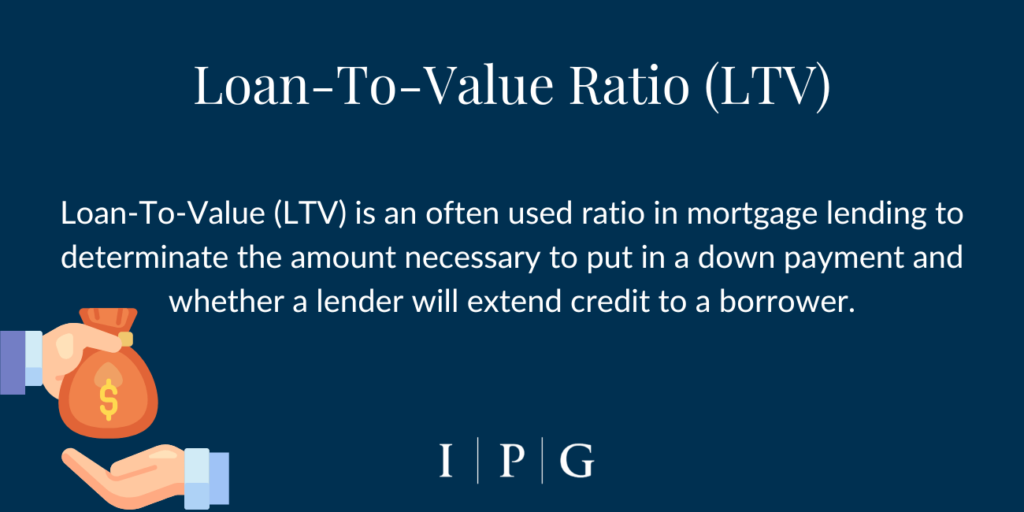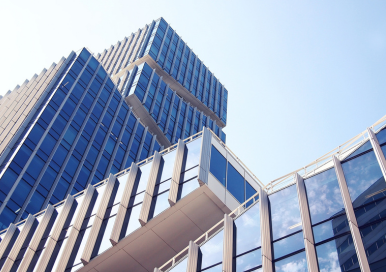The Increasing Importance of Real Estate in Healthcare

The path of healthcare’s evolution could be traced through the physical space that it occupied for the delivery of medical care.
This can reveal the type and quality of care provided at the time and reflect the prevailing socio-economic drivers and social attitudes with regards to illness and the sick.
Healthcare property has recently become an important property sector for major investors in the global property landscape; particularly in the US.
The purpose of this piece is to assess the significance, risk-adjusted performance, and portfolio diversification benefits of USA healthcare property in a mixed-asset portfolio.
Technology, Warehousing, and Retail
The evolution of healthcare away from traditional hospital campuses is gaining momentum as new technology has become a key driver in the shift to outpatient care.
While healthcare finds itself in the throes of a transformation towards value-based population health, executives are finding inspiration in an unlikely source: the warehouse industry.
This inspiration is helping healthcare leaders bring more convenient and affordable care to patients.
In an environment of continued transformation and uncertainty, health systems are learning from the warehousing and retail industry about how to view patients as consumers and ensure their remote healthcare clinics are optimally located and provide the right mix of services.
Outpatient Visitation Increased
Real estate portfolios are indeed projected to become more complex as outpatient care and medical office real estate are primed for accelerated growth across nearly all U.S. markets, regardless of potential political and economic headwinds, according to our research.
In fact, based on our research, outpatient visitation increased by 25% throughout the past decade and will continue to do so.
The Growth Of The Healthcare Economy
As healthcare providers look at 2021, the industry remains in a state of flux. We identified three trends for healthcare companies to stay on top of:
- Enhancing the patient experience
- Improving financial performance
- Unlocking game-changing efficiencies
The healthcare industry is undeniably the largest force in the U.S. economy since 2018, employing more than 13% of the workforce. It is also one of the fastest-growing industries in the U.S. market, with more than $1.2 trillion in real estate value.
More diversified than ever, new construction is keeping pace. Many hospitals and health systems are reconfiguring their footprints to include more outpatient medical offices.
The key is to meet new demands, delivering care to more patients safely, efficiently, and conveniently.

MOB on The Rise
While healthcare-related real estate has grown in general, medical office buildings (MOBs) have emerged as the most popular property type within the niche.
This class of office buildings has seen investors doubling down, drawn to its stability and bright prospects for continuing strong performance.
The Need For Healthcare Real Estate Is On The Rise
Further, the U.S. population is projected to grow by approximately 79 million people by the year 2060.
That’s another, an immensely significant factor for recent healthcare economic growth. By 2060, one in four people will be over the age of 65, increasing healthcare spending given the high population of seniors.
The Future Of Healthcare In 2022 and Beyond
Healthcare spending is expected to grow by more than nearly $2 trillion in the next decade. it’s becoming even more critical to find and deliver safe, effective care as efficiently as possible.
Real estate has an incredibly important role to play in re-imagining a more efficient, convenient, accessible health system.
We may not know what the political climate may bring, but one thing is for sure, tendency reports are all pointing toward growth regardless of regulatory changes enacted.




